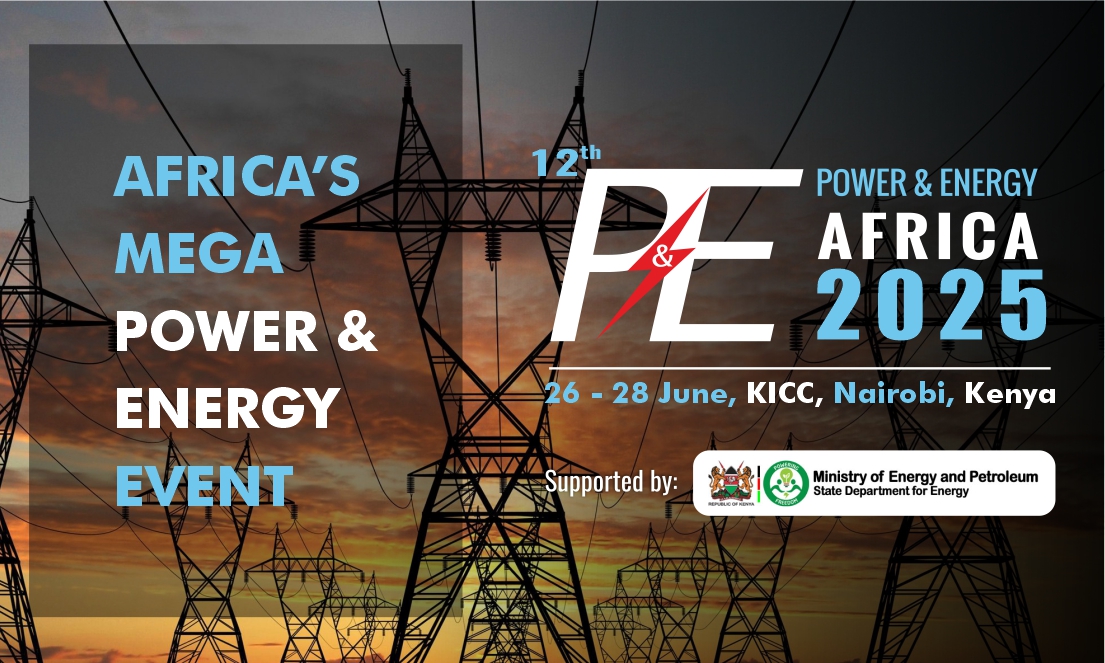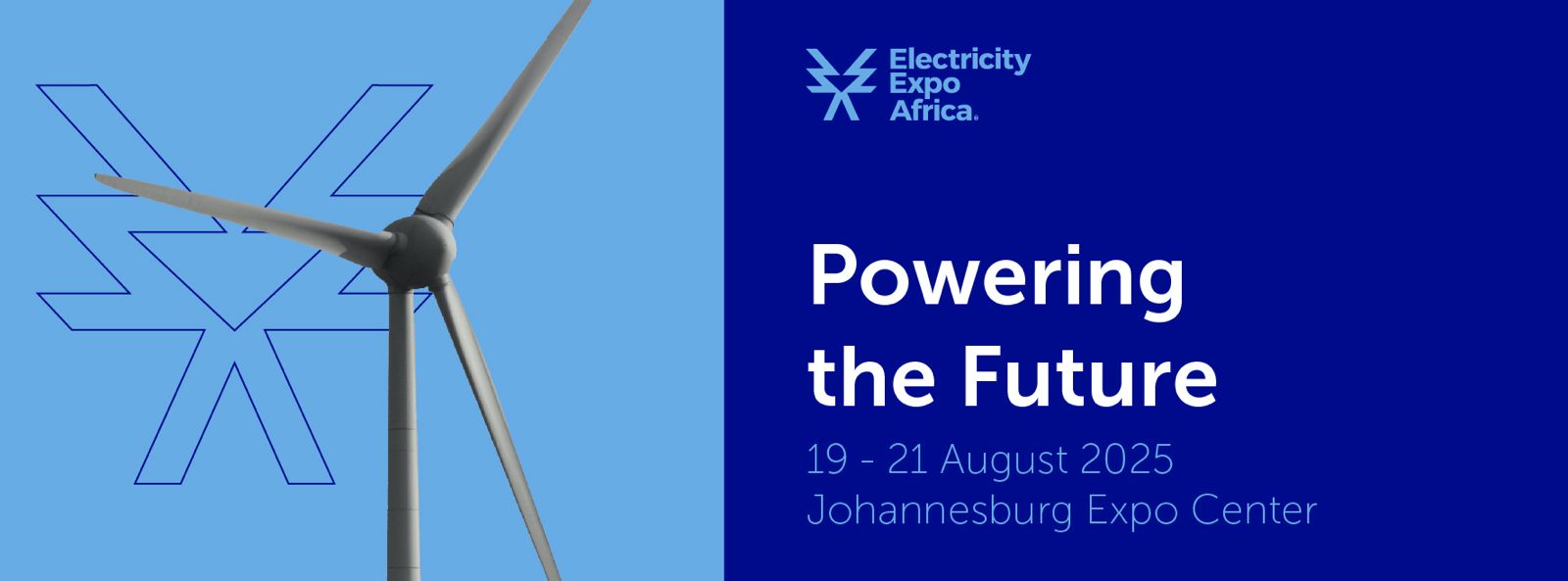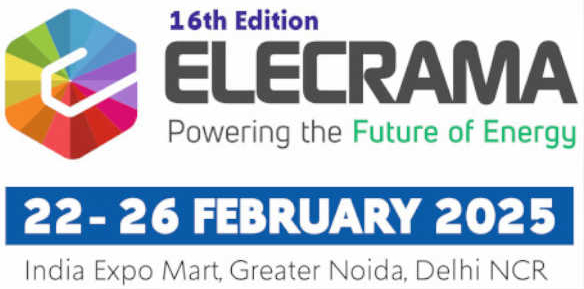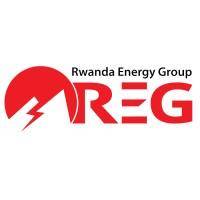Welcome to Aerospin Global
“REVOLUTIONIZING CONNECTIVITY, ONE FIBER AT A TIME.”
“REVOLUTIONIZING CONNECTIVITY, ONE FIBER AT A TIME.”
Aerospin is an advanced, environmentally friendly, and fully automated technology designed for seamless fiber optic cable deployment. It installs fiber optic cables beneath existing Optical Ground Wire (OPGW) infrastructure without requiring replacement. Operating on live transmission lines, Aerospin ensures uninterrupted service while eliminating downtime. It is compatible with both phase conductors and transmission lines, offering exceptional versatility. This cutting-edge solution also enables clients to reuse existing fiber optic cables, promoting sustainability and reducing waste—all while functioning autonomously without manual intervention.
Discover upcoming industry events where you can experience our latest innovations and connect with our team of experts.

Showcasing power and energy solutions for Africa’s growing infrastructure needs.

Aerospin participated in showcasing advanced power technologies and energy solutions for the Asian market.

Showcasing power and energy solutions for Africa’s growing infrastructure needs.

Featuring electrical and power innovations for East African markets.

Highlighting power and electrical solutions for Nepal’s developing infrastructure.

Premier event for electrical infrastructure solutions in Southern Africa.

Discover innovative energy solutions tailored for the African continent.

Aerospin participated in showcasing innovative electrical solutions at this premier industry event.

Aerospin Global completed an event showcasing power and electrical innovations for Tanzania’s energy sector.
Showcasing Our Presence






Tradition Meets Innovation: Comparing the Best of Both Worlds